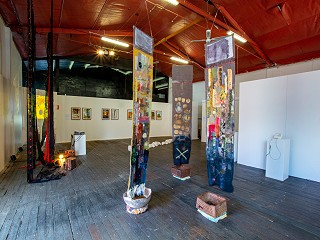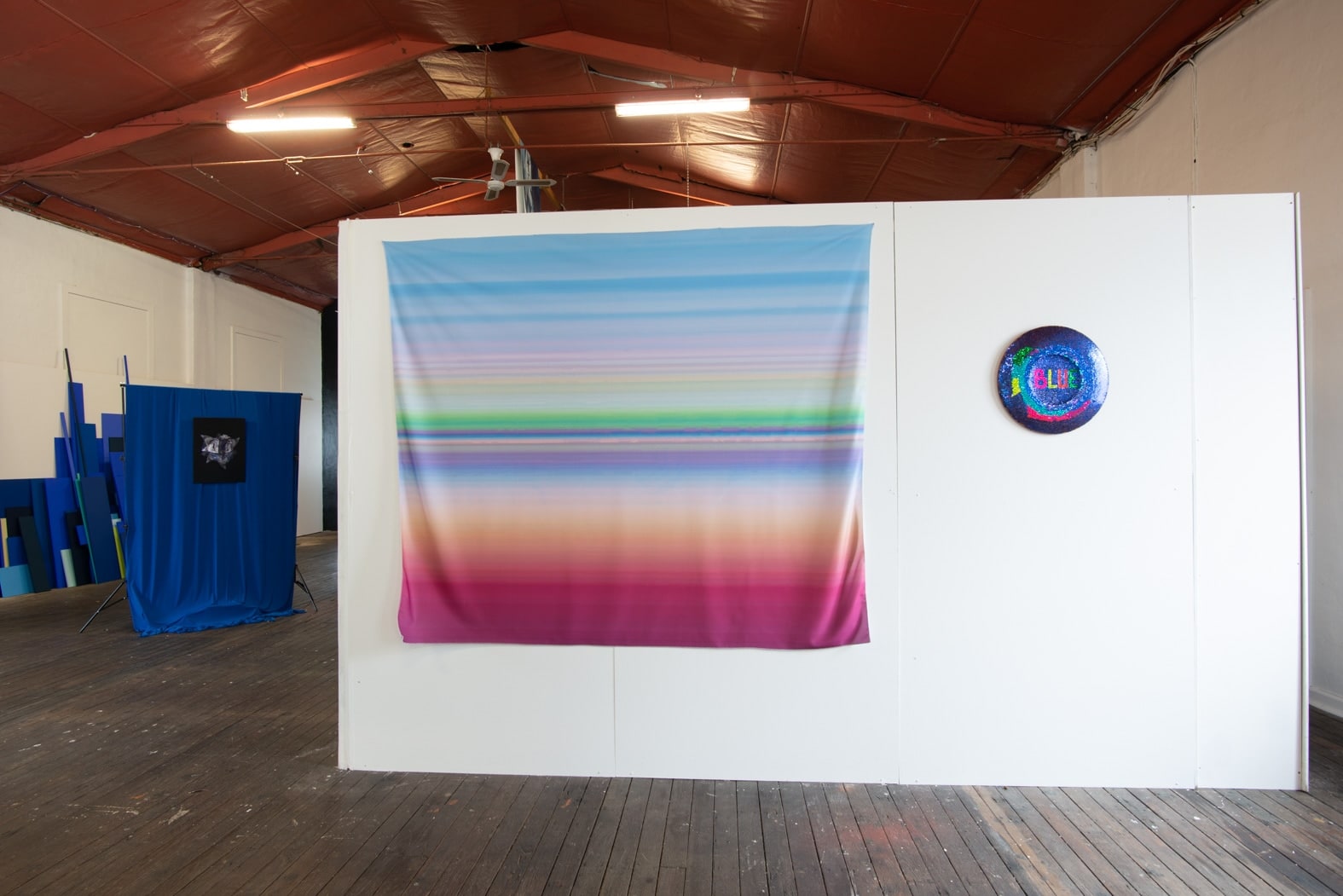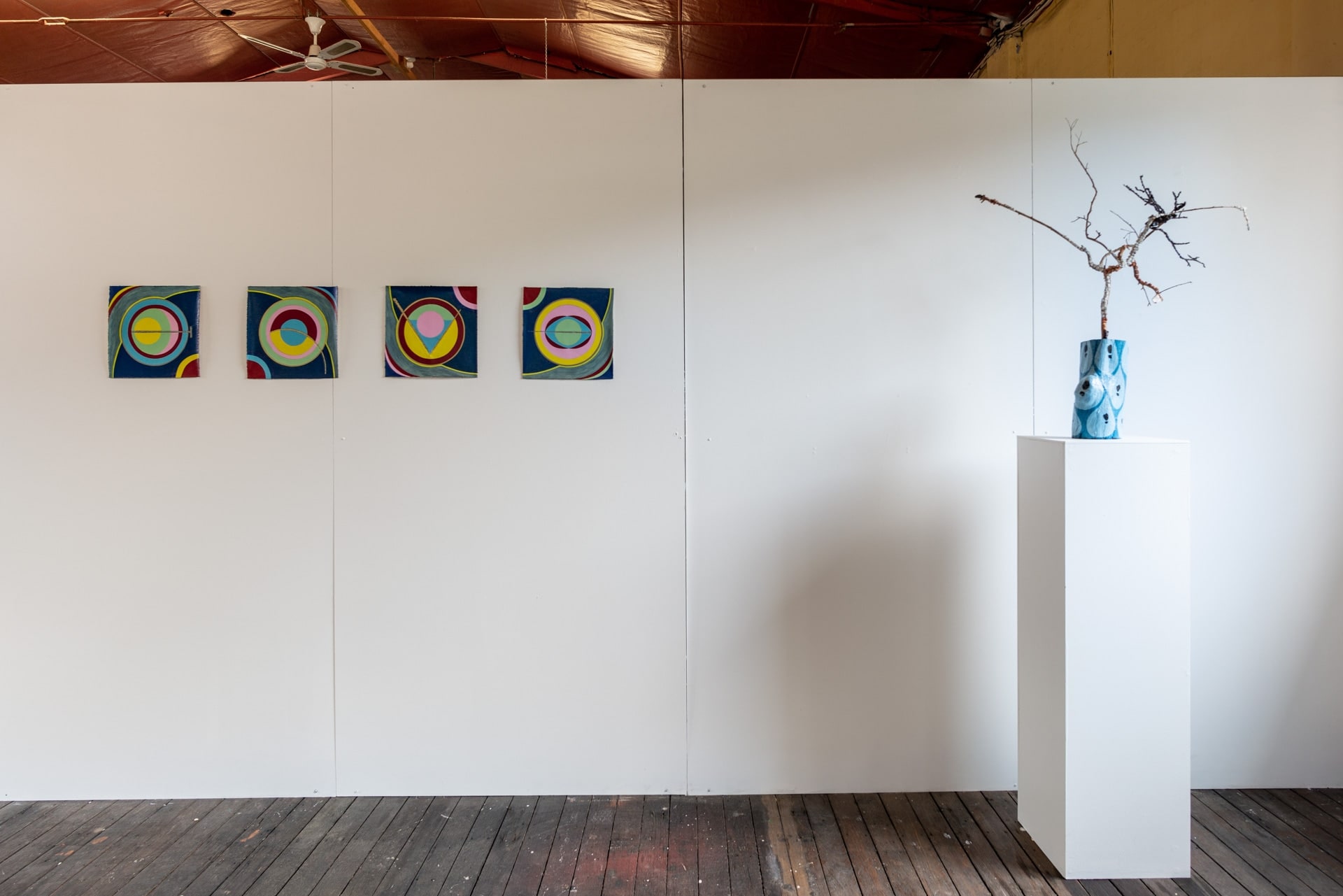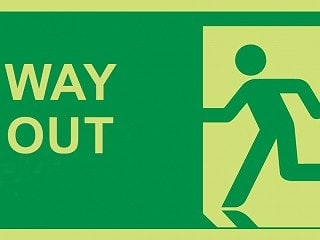Vanitas: The Bitter Crust, Carriageworks No Show, 2021
.
WAYOUT Artspace is an artist run space in Kandos in regional NSW. It is managed exclusively by regional artists but open to participation from artists across Australia and internationally. WAYOUT is an initiative of Cementa Inc., designed to give regional artists the opportunity to participate in ARI culture through exhibition and project programming that connects them into the broader streams of contemporary art culture, building relationships to urban arts communities and facilitating projects that invite urban based artists to explore our regional context.
THE BITTER CRUST
As a starting point Vanitas evokes the idea of Still Life or memento mori, reminding us of the transience of life and the certainty of death: the addition of the words, The Bitter Crust, broadened the conceptual horizon, for a glimpse beyond conventional interpretation. To test the viability of these words, artists were invited, each to describe a work they would make in response, with The Bitter Crust serving as an anchor, an axis, a hinge, making a connection between all the works of contributing artists: it also provided a frame, narrowing and directing the field of inquiry while expanding the possibilities for interpretation.
ARTIST STATEMENTS
Flavia Dujour, Memento Mori, 2021, found clothing, single A4 sheet of paper typewritten, dimensions variable.
“Memento Mori” – Flavia Dujour’s durational performance-in-progress, for one year only wearing clothes picked up in the streets.
Greg Pritchard, homa bulla, 2021, wood, found objects, cloth, projection, 126 x 160 x 20 cm.
Pritchard’s metaphysics does not allow reincarnation, transcendence or the soul, so the idea of Vanitas is in keeping with his personal philosophy. This work, homa bulla comes from Erasmus’ idea that humanity is as ephemeral and fragile as a bubble. This work uses the traditional symbolism of the Vanitas to suggest the transience of life, the futility of earthly pleasure, and the pointless quest for power and glory, updated with projections of similar symbolism contemporary quotes about death and dying.
Gus Armstrong, Necropsy Of A Swan, 2021 Solvent Print, 1.5 x 1 metres unframed.
This work illustrates the physical phenomena that have accompanied us through the last year of our lives as we recite and confront a year of collective traumas. The objects have a lived experience and have survived to perform in the flame of accelerated human destruction
Michael Petchkovsky, Momentarily, 2021, laser projection and computer vision built with Processing, 285 x 85 x 400 cm.
We broke into the place, and it was ours for that moment. Plotting our path, treading ferns and mosses, grasses lightly so that they spring back. Up, above, the melting snowline.
Stephen Jones* has written a history of the electronic arts in Australia in which he describes contemporary dancers and traditional drawing practitioners engaging with human-computer interfaces before the mouse, the GUI, gesture recognition and such were developed. He, and they explore associations between the tech and our consciousness and sociality. Implementations of memory, procedure, feedback, iteration with variation, our attempts to model and represent past, present and future scenarios. Communication.
Momentarily could be a terminal on Ursula Le Guin’s ansible network. Sublight, supralight, bits of recollected lived experience, presence and gesture abstracted and made minimal by edge detection algorithms and the geometry of vectors. From point A to point B to point C to point D and et cetera and again. Transmissible across space and time, for all their fragmentary and ephemeral nature, their memento mori, our dispatches from the present frontier are raw material of cultural understanding evidencing alternate, speculative futures as much as the moments of our memories.
*(Stephen Jones, Synthetics: Aspects of Art & Technology in Australia 1956-1975, published 2011, MIT Press.)
Leo Cremonese, Post Humanist Vanitas, 2020, Oil on wood panel, 15 x 22 cm.
The idea behind a traditional vanitas, which invites us to ponder the transience of our lives is not without merit and indeed a noble sentiment, but from a post-humanist point of view very myopic, in that it puts human existence at the centre. At the end of the day it becomes an exercise in navel gazing as it ignores the fact that there is so much going on in existence that reaches far beyond our condition as individual human beings. This painting’s diminutive scale is meant to invite close inspection. At close proximity the forms dissolve into paint – the stuff of painting, the equivalent to matter, molecules, atoms, the stuff that gives body to not only humans but the rest of the universe. Not only are our lives transient we are no more important than the forest, the air, the force of gravity, the rocks…
Alex Wisser, Why We Can’t Have Nice Things, Dining Table, Cloth, Clothing, Fruit and Vegetables, Cement, dimensions variable.
Constructed by dipping fruit and vegetables into cement to create fragile forms that break and crumble as the fruit rots out from within and arranged as a classical vanitas, via the expedient process of quick set cement, degrading the eternal form of the art object into a friable, decadent object, as subject to time as the fruit it was meant to eternalise.
Julie Williams, Horizon, 2021, three hand printed gelatin silver photographs on Ilford art paper, triptych: 135 x 220 cm Edition of 2.
Horizon places us on a ledge looking over our world. As witnesses to the land beginning to slide and detach, the shifting horizons confuse our sense of being and place. Light generally shapes familiarity, but here, it depicts displaced life forms attempting to transcend or flee the chronic ecological trauma that annihilates many before the expected course of their natural lifetime. Documenting the remains of the prematurely fallen amidst the genocide of human dominance, Williams uses film and in-camera multiple exposures to portray the ache of mortality across the active battleground of the earth’s crust.
Karen Golland, Things I never told you (1996 - 2006), 2021, 3 Perspex boxes, over 3000 photographic prints, 22.5 x 15 x 14 cm each.
“All photographs are memento mori. To take a photograph is to participate in another person’s (or thing’s) mortality, vulnerability, mutability. Precisely by slipping out of this moment and freezing it, all photographs testify to time’s relentless melt.” Susan Sontag, On Photography.
Karen Golland presents her entire collection of rejected photographs. Starting in 1996, and detailing her early adulthood, these are the images she chose not to include in her photo albums. When she thinks of this collection of photographs, she is filled with dread and hopes she doesn’t die before she works out what to do with them. They are her personal memento mori. The things she never told you.
Georgina Pollard, Zombie, 2021, microbes on muslin cloth,
This painting was made by wrapping rice with muslin cloth and placing it under a tree. The cloth and rice was placed under a hawthorn tree, in a forest of weeds behind my house. This method is used in Korean Natural Farming as a way of collecting “indigenous microorganisms” that are then added to compost or made in to a tea and used as a soil conditioner, enhancing the digestive system of plants for food. Bacteria and fungi partially constitute the digestive system of plants. So where does a plant begin or end? Similarly, our digestive system is dependent on a micro biome, that influences our actions and decisions. Digestion happens outside our bodies when we cook or ferment food. Microorganisms question our sense of self and subjectivity, even blurring the edges of our bodies. The moment we are born microorganisms lie in wait, ready to decompose us when we die. Blurring the edges of life and death.









